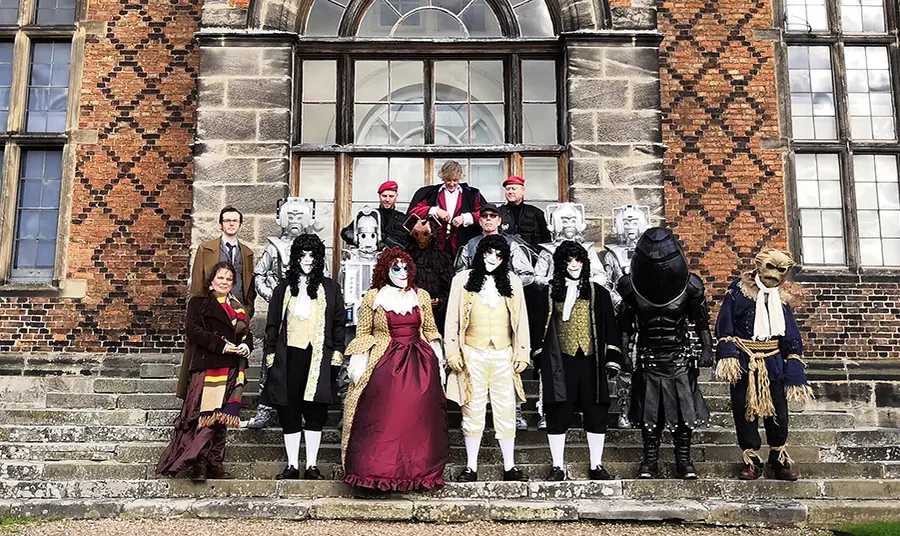
Collecting Cultures
The project
Exploring Childhoods was a five-year project run by Sudbury Hall and the National Trust Museum of Childhood, which aimed to expand its collections and develop its interpretation strategies. The emphasis was on diverse aspects of 20th- and early 21st-century childhoods.
Thanks to funding through the Collecting Cultures campaign, the museum was able to do this, with a focus on items which show some of the more complex and challenging sides of childhood.
In 2018, the museum partnered with The National Caribbean Heritage Museum (Museumand) on a special exhibition about the significance and history of Black dolls.
The organisation
Sudbury Hall is a country house in Sudbury, Derbyshire, owned and managed by the National Trust. The National Trust Museum of Childhood is housed in the 19th-century servants' wing.
Its collections reflect the changes and similarities in childhood over the centuries, from an Egyptian ball to a Bratz doll.
The funding
The project was funded by a £228,900 grant from the Heritage Fund, plus funding from the National Trust, Playthings Past Trust the Derby District National Trust Members Centre, plus bequests.
The results
The National Trust did not have much prior expertise in collecting 20th- and 21st-century childhood items and saw the project as a way to improve its approach to collecting and to embed new knowledge.
Thanks to this project, it made a number of significant acquisitions, including a Dalek model.

The exhibition, Black Dolls: The Power of Representation, involved Museumand bringing a selection of dolls from their collection to display alongside the museum's items. They also contributed a wealth of cultural knowledge and stories. The Exploring Childhoods project also added four new items to the museum's own collection.
The museum was also able to explore difficult elements of childhood, with acquisitions including medical leg braces belonging to a child actor with Leukaemia working on the film set for Harry Potter and the Philosopher's Stone.
Meeting our outcomes
Our mandatory outcome, involving a wider range of people in heritage, has been met in many ways throughout the project. Comment cards for visitors were introduced as a way to involve communities and visitors on the day as active participants, with some co-writing object labels.
As a result of Exploring Childhoods there was an increase in volunteer numbers and diversity, notably because of the Dalek acquisition and event, and the Black Dolls exhibitions and events.
The museum also improved procurement processes by working with outside partners, communities and subject specialists. However, engagement planned for 2020 focusing on Black Lives Matter and LGBTQ+ topics had to be revised because of the coronavirus (COVID-19) pandemic.
Heritage will also be in a better condition because, as a result of the project, a plastics specialist has been employed.
The future
Exploring Childhoods has significantly influenced the next project at Sudbury Hall, Children’s Country House, with more agile acquisitions procedures.
The museum now has much clearer objectives on what to collect. A recent focus for Exploring Childhoods has been collecting coronavirus-related items, documenting how the pandemic has affected children and their experiences.
Top tips
The project intended to develop a community panel to influence purchasing. However, Sudbury Hall is not physically close to target communities, which affected engagement. To address this, the project worked in different ways, for example, working with the Royal School for the Deaf Derby to run a mini travelling version of the exhibition.
It would benefit other projects to introduce a community panel much earlier in the project's lifetime. Significant capacity is also needed to manage acquisitions and the budget.